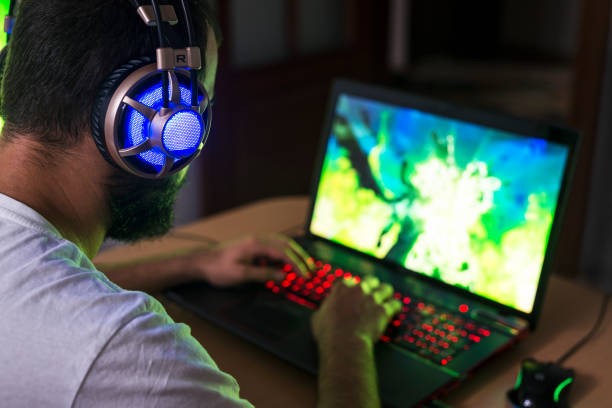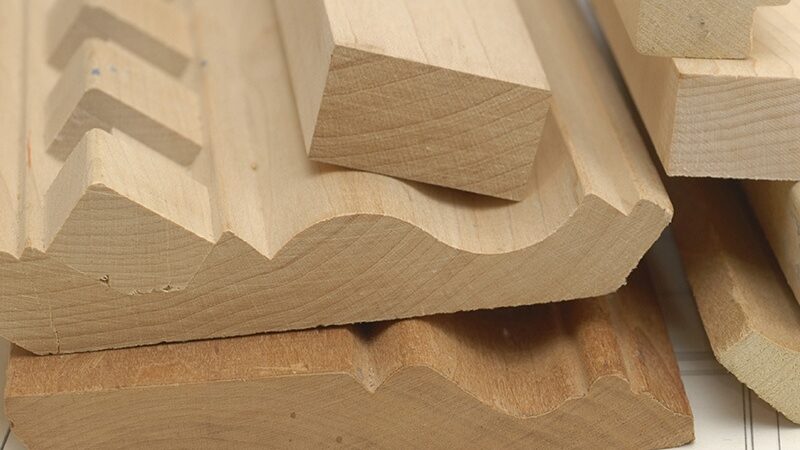Physical Movement Activities: Unlocking the Benefits of Active Living

Understanding the Importance of Physical Movement
Physical movement activities are essential components of a healthy lifestyle. In today’s sedentary society, marked by long hours of sitting and screen time, intentional physical activity serves as a powerful antidote. By engaging in a range of structured and unstructured movements, we promote not only physical fitness but also mental clarity, emotional resilience, and long-term vitality.
Types of Physical Movement Activities
1. Cardiovascular or Aerobic Exercises
Cardiovascular exercises elevate the heart rate, increase lung capacity, and improve overall endurance. These activities strengthen the cardiovascular system, reduce the risk of chronic diseases, and support weight management.
Popular forms include:
- Brisk walking
- Jogging and running
- Swimming
- Cycling
- Dancing
- Jump rope
Performing 150–300 minutes of moderate-intensity aerobic activity per week is a gold standard for heart health and metabolic efficiency.
2. Strength and Resistance Training
Strength training builds lean muscle mass, improves bone density, and boosts metabolic rate. This form of movement is essential for preventing sarcopenia, especially as we age.
Common strength-building activities include:
- Weightlifting
- Bodyweight exercises (push-ups, squats, planks)
- Resistance band workouts
- Kettlebell training
We recommend incorporating resistance training at least two to three times per week, focusing on all major muscle groups.
3. Flexibility and Mobility Exercises
Flexibility and mobility are critical for joint health, posture, and injury prevention. These activities improve the range of motion and help correct muscular imbalances caused by sedentary habits.
Key flexibility-enhancing practices:
- Yoga
- Static stretching
- Dynamic warm-ups
- Tai Chi
Daily flexibility routines reduce stiffness, increase circulation, and promote physical fluidity.
4. Functional Fitness and Daily Movement
Functional fitness involves movements that mimic everyday activities and enhance the body’s ability to perform real-world tasks. This includes:
- Carrying groceries
- Climbing stairs
- Bending and lifting properly
- Balancing on uneven surfaces
These seemingly simple activities build practical strength and coordination, supporting independent living.
5. High-Intensity Interval Training (HIIT)
HIIT combines short bursts of intense exercise with brief recovery periods. It is highly effective for burning fat, improving cardiovascular health, and building endurance in a short timeframe.
Examples:
- 20-second sprints followed by 10 seconds rest
- Tabata workouts
- Circuit training
Even 15–30 minutes of HIIT, three times a week, can yield significant health benefits.
Physical Movement for Different Age Groups
Children and Adolescents
Children require at least 60 minutes of physical activity daily. Movement helps with:
- Bone growth
- Social development
- Motor skills
- Academic performance
Ideal activities include:
- Tag and playground games
- Team sports (soccer, basketball)
- Dance and gymnastics
- Biking and swimming
Adults
Adults should strive for a balanced weekly movement plan that includes cardio, strength, and flexibility. Benefits include:
- Reduced risk of heart disease and diabetes
- Improved mental health
- Weight control
- Higher energy levels
Consistent physical activity can add years to life and life to years.
Seniors
For older adults, movement preserves independence, balance, and cognitive function. Recommended activities:
- Gentle stretching
- Chair exercises
- Aqua aerobics
- Walking groups
- Balance-focused routines
Daily movement combats frailty and improves quality of life in senior years.
Mental and Emotional Benefits of Physical Movement
Beyond physical health, movement is a powerful mood booster. It:
- Releases endorphins, the body’s natural painkillers and mood enhancers
- Reduces anxiety and depression
- Improves sleep quality
- Builds mental resilience
- Enhances self-esteem
Regular movement positively influences neuroplasticity, focus, and emotional regulation.
Incorporating Movement into a Busy Lifestyle
Modern schedules can make intentional exercise seem difficult, but physical activity can be integrated seamlessly:
- Take the stairs instead of the elevator
- Walk or cycle to work
- Do squats or stretches during breaks
- Use a standing desk
- Set hourly reminders to move
Every movement counts. Micro-movements throughout the day accumulate into lasting health dividends.
Social and Community-Oriented Movement Activities
Joining group classes or social clubs makes movement more enjoyable and sustainable. Consider:
- Dance classes
- Community walks
- Sports leagues
- Group fitness sessions
- Charity runs or cycling events
Social movement enhances accountability, connection, and joy.
Technology and Tools to Support Physical Movement
Digital tools can help track and motivate physical activity:
- Fitness trackers and smartwatches
- Workout apps and virtual coaches
- Online fitness classes
- Step counters and calorie trackers
- Wearable heart rate monitors
Using technology allows for personalized fitness journeys and goal-setting.
Common Barriers and Solutions
Lack of Time
Solution: Break workouts into short, 10-minute sessions throughout the day.
Low Motivation
Solution: Partner with a friend or join a group challenge.
Injury or Chronic Pain
Solution: Opt for low-impact exercises and consult with a physical therapist.
Gym Aversion
Solution: Use home workouts, outdoor activities, or bodyweight routines.
Conclusion: Movement is Medicine
Physical movement activities are the cornerstone of a vibrant and fulfilling life. From boosting cardiovascular health to enhancing brain function, from building muscle to stabilizing mood, movement is not optional—it is essential.
We must view movement not as a chore, but as a privilege and opportunity to connect with our bodies, energize our minds, and extend our years. Let us embrace a lifestyle that prioritizes daily physical activity, personalized to our needs and aligned with our passions.



